Types of Corals
There are over 2,500 known species of corals. These corals belong to two major groups: hard corals (Scleractinia) and soft corals (Alcyonacea). Hard corals are the primary reef-building corals, while soft corals lack a solid calcium carbonate skeleton and have a flexible, fleshy structure.
The most commonly found corals worldwide are hard corals, specifically those that are part of the group Scleractinia, also known as stony corals. These corals are the primary reef-building corals and form the backbone of coral reefs.
There are several types of corals, each with its own unique characteristics and growth patterns. Here are some of the main types of corals:
Hard Corals (Scleractinia):
Hard corals, also known as stony corals, are the architects of coral reefs. They possess a hard, calcium carbonate exoskeleton that acts as their protective home. These colonial organisms form the backbone of coral reefs and provide vital shelter and food sources for an array of marine species. We’ll discover the mesmerizing diversity within this group, from the intricate brain corals to the delicate staghorn corals.
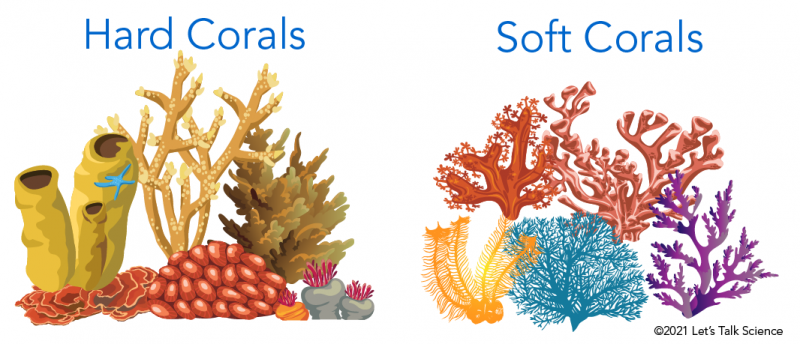
Soft Corals (Alcyonacea):
The soft corals are a group of flexible and fleshy organisms that lack the hard calcium carbonate skeleton of their hard coral counterparts. Unlike their rigid counterparts, soft corals sway with the ocean currents, creating a graceful dance beneath the waves. We’ll immerse ourselves in the world of soft corals, exploring the beauty of sea fans, sea whips, and other captivating species that add a splash of color to the ocean floor.
Black Corals (Antipatharia):
Venturing into the depths of the ocean, we’ll encounter the mysterious black corals. These unique corals belong to the subclass Hexacorallia and are renowned for their dark-colored, black, or deep brown skeletons. Often found in the darkness of the deep sea, these corals reveal secrets of survival in an environment of minimal light.
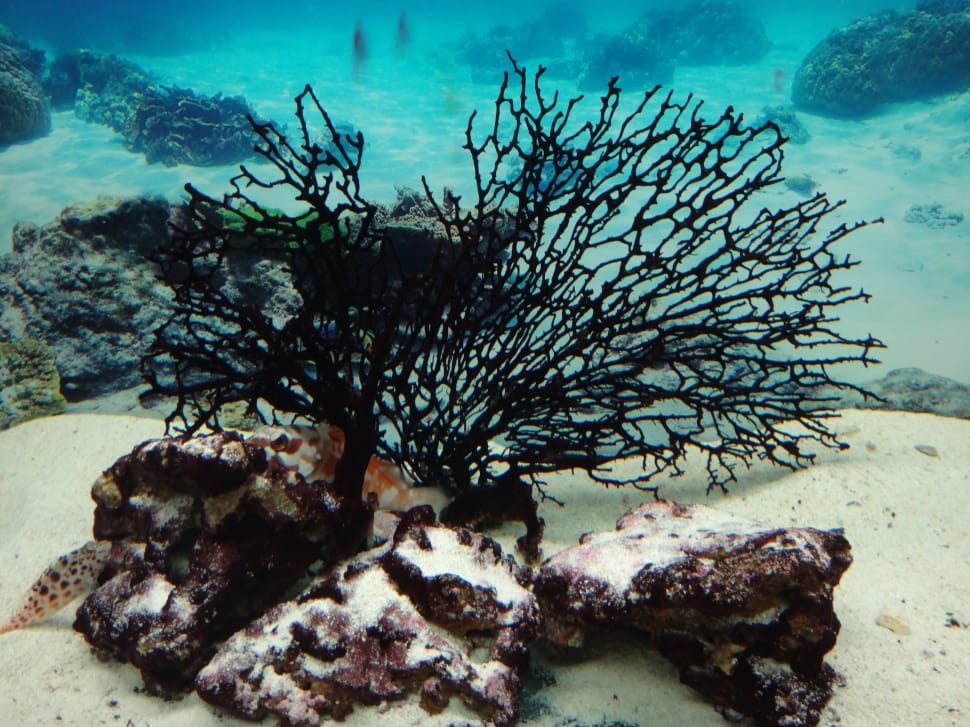
Fire Corals (Millepora):
Stepping into tropical waters, we’ll encounter fire corals, not true corals but hydrozoans that are closely related to jellyfish and sea anemones. Learn about their painful sting and their contribution to coral reef ecosystems.
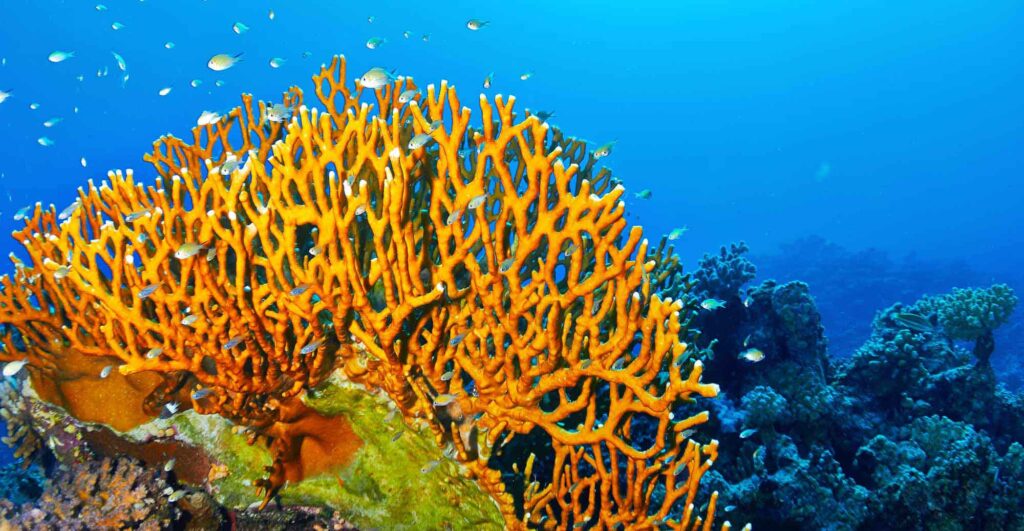
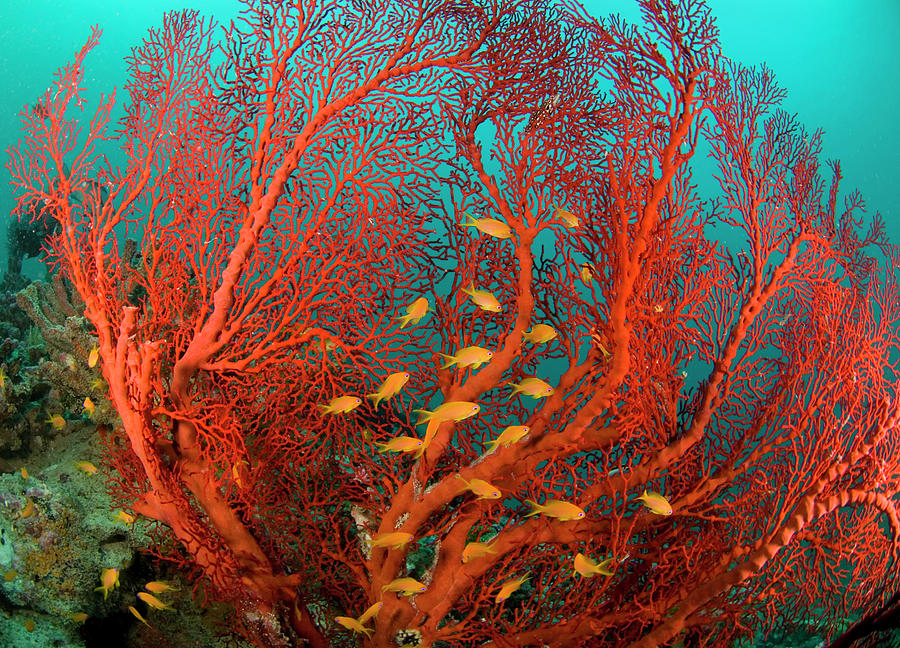
Organ-Pipe Corals (Tubipora musica):
With its distinct parallel tubes resembling the pipes of an organ, Tubipora musica, commonly known as organ-pipe corals, captivate with their unusual appearance. We’ll explore the secrets behind their unique structure and habitat.
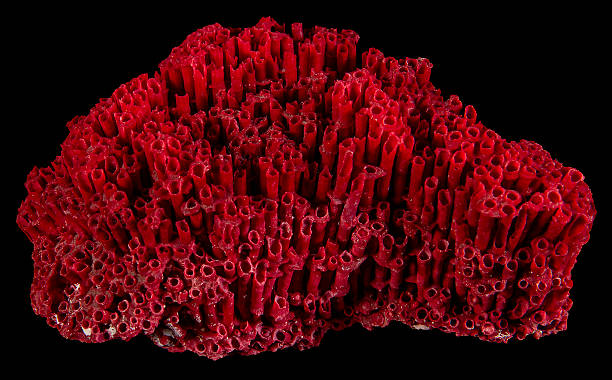
Blue Corals (Heliopora coerulea):
Venturing into the Indo-Pacific region, we’ll encounter blue corals – the only known octocorals that produce a hard, calcareous skeleton. Delve into the vibrant blue hues of these corals and learn about their significance in marine environments.
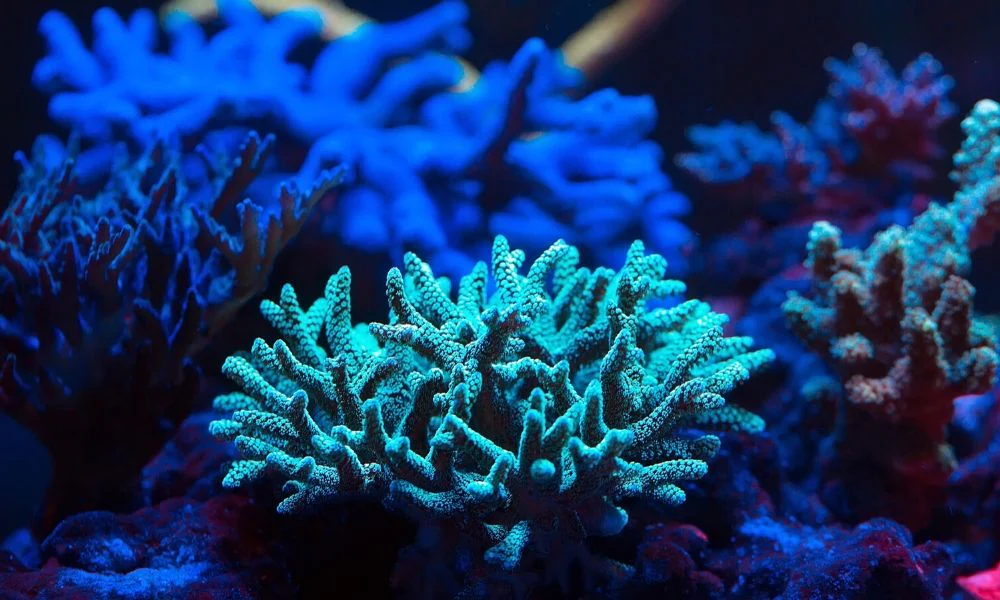
Mushroom Corals (Fungiidae):
corals are solitary corals that can detach and move from one location to another. They have a flattened disc-shaped appearance resembling a mushroom cap. These corals are commonly found in tropical waters and are often sought after by reef aquarium enthusiasts.
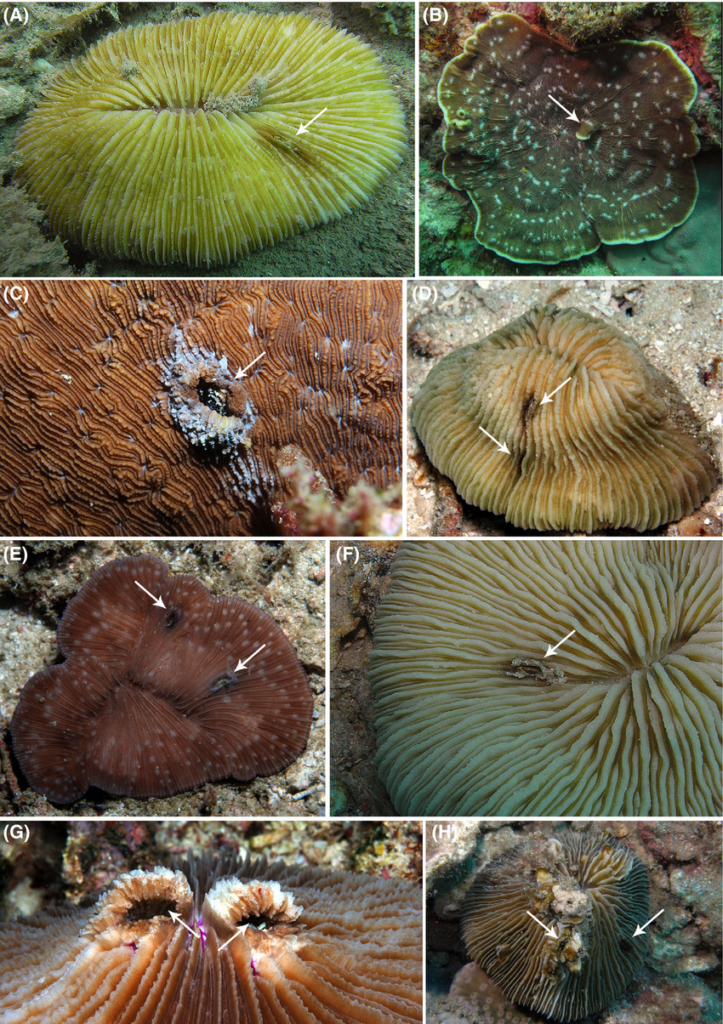
Conclusion:
Our journey through the various types of corals has revealed the extraordinary diversity and significance of these marine organisms. From the reef builders to the soft, swaying dancers of the sea, each type of coral plays a vital role in supporting marine biodiversity and maintaining the health of coral reef ecosystems. Let us cherish and protect these invaluable gems of the ocean, ensuring their preservation for generations to come. As we continue to explore and understand the wonders of corals, we hope to inspire others to appreciate the beauty and fragility of marine life, inspiring action towards conservation and sustainable practices. Together, we can safeguard these incredible organisms and the ecosystems they call home.
4 thoughts on “Types of Corals”
Thank you for your articles. I find them very helpful. Could you help me with something?
yes sure
You’ve the most impressive websites.
Hi my friend! I wish to say that this post is amazing, nice written and include almost all significant infos. I抎 like to see more posts like this.